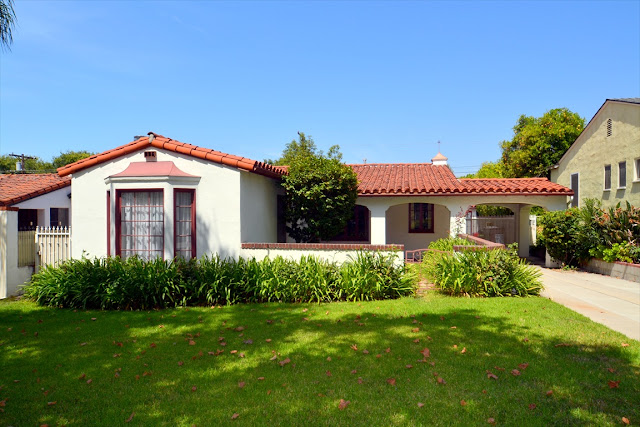Deconstruction/Deconstructive Architecture (Page 5)
 The differing terms or meanings, like: love and crime, dying and laughing, past and future, active and passive, subject and object, remain, but, are incapable of asserting themselves and are, hence, ineffective. It is not the differing terms, the 'one', and its 'other," that is removed in "Mimique", but the decidabilities between them. The 'undecidable' produces an effect of a medium that not only encloses the two terms but is also located between them. What counts here is the 'between that takes place between love and crime, dying and laughing, perception and recollection, and so on. It is neither love nor crime but in between the two. It is neither dying nor laughing but in between the two. It is neither murder nor suicide but in between the two.
The differing terms or meanings, like: love and crime, dying and laughing, past and future, active and passive, subject and object, remain, but, are incapable of asserting themselves and are, hence, ineffective. It is not the differing terms, the 'one', and its 'other," that is removed in "Mimique", but the decidabilities between them. The 'undecidable' produces an effect of a medium that not only encloses the two terms but is also located between them. What counts here is the 'between that takes place between love and crime, dying and laughing, perception and recollection, and so on. It is neither love nor crime but in between the two. It is neither dying nor laughing but in between the two. It is neither murder nor suicide but in between the two. Hence, deconstruction is partly concerned with questioning the priority or preference given to 'one' term over the 'other term that characterises everyday language as well as literary texts. It remains criticisms of the preferences shown to 'one' term shown in existing philosophical texts by showing how the 'other term has an equal claim to be important. It also shows how the two terms may be re-inscribed within a text such that no term is capable of dominating or governing the 'other, and, hence, put both terms, the 'one' and the 'other,' into question. This is initially done by making the arrangement of Words independent of meaning. And then by rearranging the words and punctuation as desired that inscribes a 'between in between the 'one' and the 'other.' While the two terms remain but neither is prior to the other. It is neither 'one' nor the 'other but in between the two.
Most architecture critics deny any correlation between deconstruction as applicable to linguistics and deconstructive architecture. Jacques Derrida, on the other hand, considers both art and architecture to be the most efficient way of putting deconstruction to work. According to him, deconstruction may be possible in architecture ". . When you have deconstructed some architectural philosophy, some architectural assumptions --for instance, the hegemony of the aesthetic, of beauty, the hegemony of usefulness, of functionality, of living, of dwelling. But then you have to 're-inscribe' these motifs within the work. You can't (or you shouldn't) simply dismiss those values of dwelling functionality, beauty and so on. You have to construct, so to speak, a new space and a new form, to shape a new way of building in which those motifs or values are re-inscribed, having meanwhile lost their external hegemony. The inventiveness of powerful architects consists in this re-inscription..." The values, hegemony. preferences, that Derrida refers to is common to both linguistics and architecture.
(Continues...)



Comments
Post a Comment